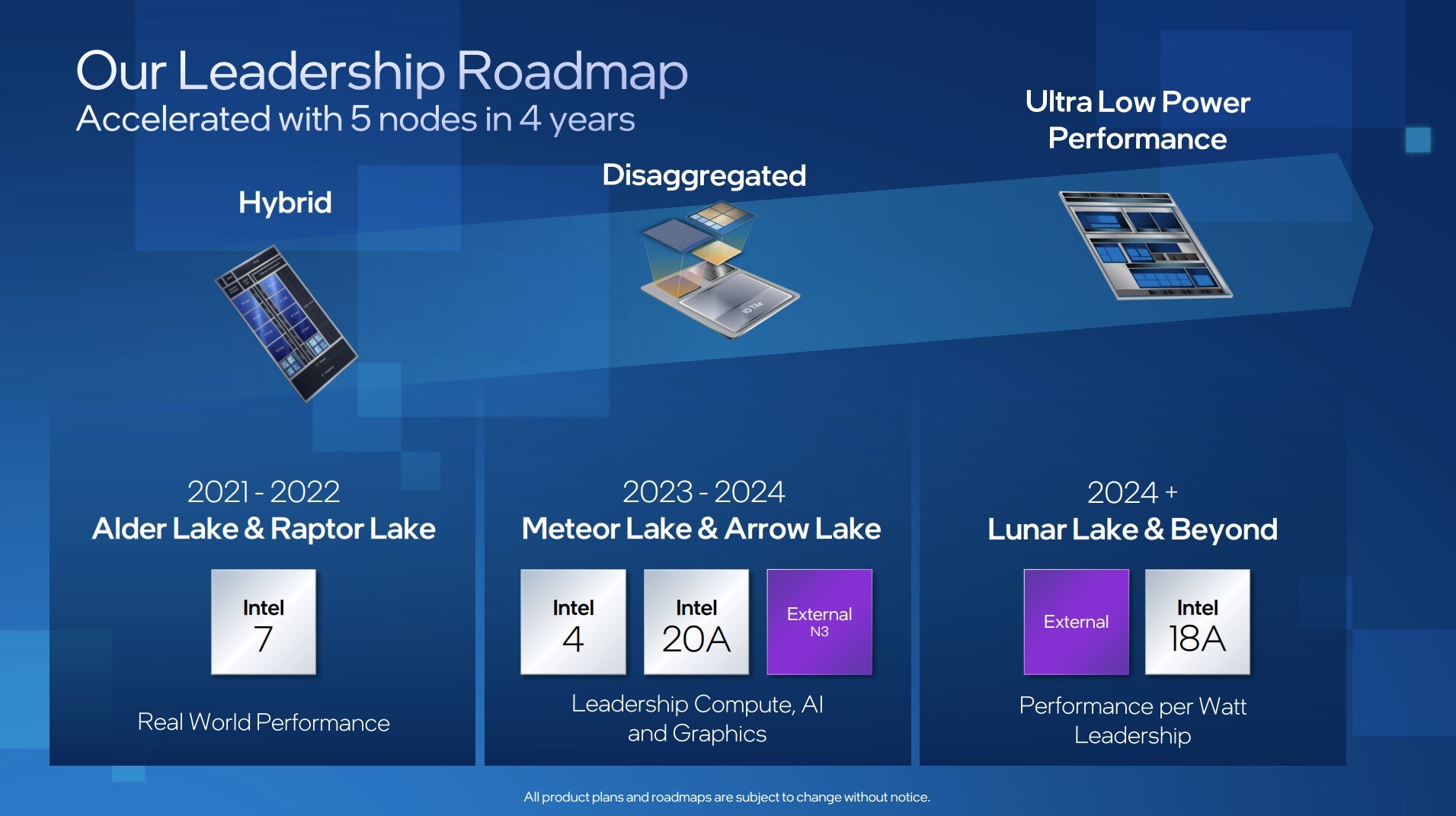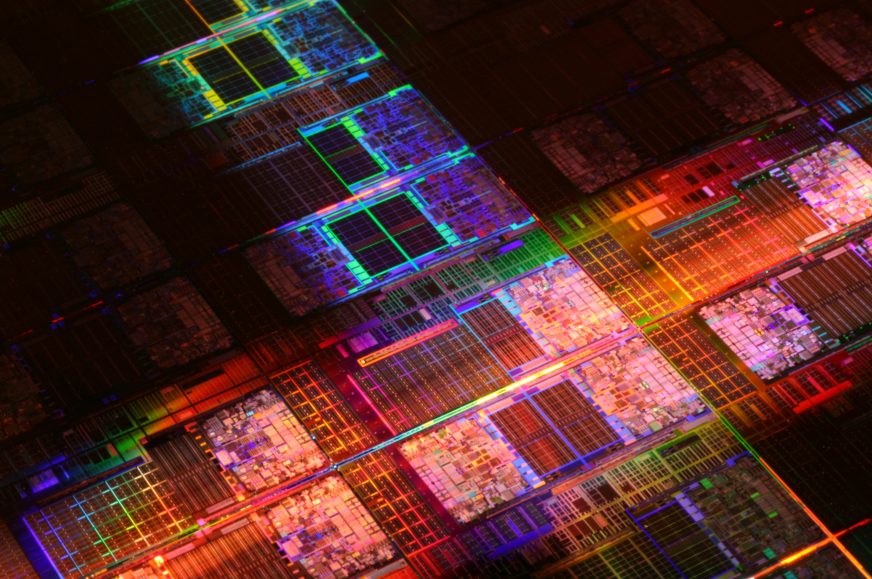Intel is reportedly preparing an all-new ground-up CPU architecture, coming with Lunar Lake chips
A brand new CPU core architecture coming out is a big thing in the world of processors. We’ve been anticipating that from Intel for a long time, particularly in the Skylake era of waiting for 10 nm. Intel has since fielded new architectures in Ice Lake and Alder Lake, but there could be a major architectural revolution in a few years. The chips following Meteor Lake and Arrow Lake are said to be brewing something completely new.
Intel officials have now reportedly let it be known that the company is preparing a new architecture for processors codenamed Lunar Lake, as has been shared by Ian Cutress, former editor of the AnandTech website. He writes on Twitter that this information was recently given by Michelle Johnston Holthaus, Intel’s executive vice president (and also general manager of the Client Computing Group). Apparently more will be disclosed later, Intel is said to be presenting more of its plans when it announces financial results on January 26.
Lunar Lake is rumored to have a “fresh ground-up design” architecture. That would be extremely interesting because it is a very rare thing. Almost all architectures, even the ones we talk about as new, are somehow related to previous architectures. Core 2, for example, is a successor ina a direct lineage from Pentium Pro through Pentium III and Pentium M. So cores that represent a completely new beginning are a very interesting moment and an opportunity to break away from various previous limitations or long-accumulated inertia and local maxima. Even AMD’s Zen core was such a fresh design only to a certain extent – it too inherited some DNA from older AMD cores.
But here it’s possible that Lunar Lake will be the moment Intel abandons the line of cores that has been developed from Sandy Bridge (and prior ones) through Haswell and Skylake to the Golden Cove core in today’s processors, and starts with a fresh table. This could bring significant changes to the architecture. For example, the new core could be designed to run at a significantly lower clock speed but with higher performance per 1 MHz, it could abandon Hyper Threading and other traditional features, and so on.
It is occasionally speculated that Intel might dump various historical baggage and old features like the original x87 FPU instructions and MMX instructions (and their corresponding registers) from the architecture. However, this would break long term compatibility with existing software.
From @Intel @MJHolthaus : Lunar Lake is a fresh ground-up design and CPU uArch, built with perf/watt in mind for mobile devices. More info at the financial disclosure on 26th
— 𝐷𝑟. 𝐼𝑎𝑛 𝐶𝑢𝑡𝑟𝑒𝑠𝑠 (@IanCutress) January 12, 2023
Of course, it is possible that the formulation mentioned by Ian Cutress is not meant in a strict sense, it could also mean that Lunar Lake will be merely an upgrade more or less similar in nature to what Golden Cove brought, which is also a design that was significantly beefed-up and advanced compared to predecessors, yet it still builds on the foundations they provided. However, it will be more interesting if the former interpretation of Holthaus’ statement comes true.
The freshly initiated design of the Lunar Lake architecture is said to be focused on power efficiency and making the core perfect for mobile devices. So maybe it could be targeted to make the per core power draw lower (including power during turbo boosting). However, focusing on power efficiency is also beneficial in other areas, such as servers. Simply using a new concept and design could help to improve efficiency by eliminating long accumulated burdens and hurdles collected during the years of incremental development of the microarchitecture.
When would these Lunar Lake processors come to market? There are still two preceding CPU generations – Meteor Lake and Arrow Lake – that should be released before this new one. According to the latest reports, Meteor Lake will probably not come out as planned at the end of 2023, instead probably arriving in the first half of 2024. However, Arrow Lake could then still debut at the end of 2024 (at least in the desktop version). If Intel sticks to their usual one-year launch cadence, the new architecture could go to market in the fall of 2025, perhaps as a 15th generation Core processor.

According to earlier information, Lunar Lake processors could be manufactured with a 1.8nm process (Intel 18A). Although this plan may still change, there is also a possibility that production will be transferred to TSMC. However, the processor could likely also be chiplet-based, as Intel is now about to start using this technology. So they may actually use both Intel’s 18A process and something from TSMC to build it.
Source: Ian Cutress
Jan Olšan, editor for Cnews.cz
⠀
- Contents
- Intel is reportedly preparing an all-new ground-up CPU architecture, coming with Lunar Lake chips








